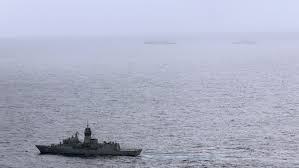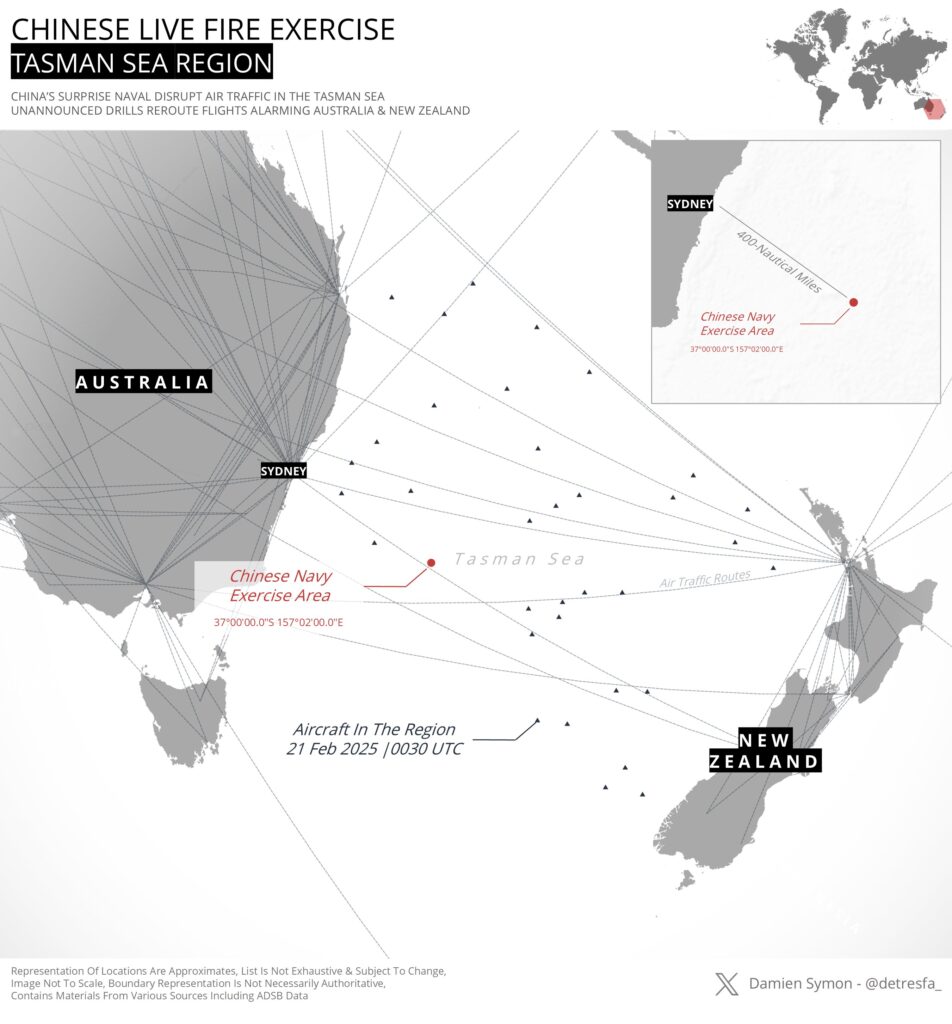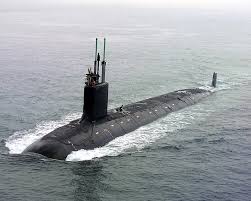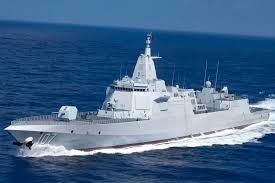
We are taking a slight break from the Kokoda Track Campaign to discuss the latest hijinx of the Chinese encroachment on Asia, of which the latest development is China conducting live fire drills off of the coast of Australia and New Zealand. Here we will tell you what this is, the history and precedent behind it, and why it is being done.
First, we must ascertain what is actually happening. On the 21st of February, it was reported by the Australian and New Zealand governments, and echoed by many regional and global news sources, that a Chinese task force was within the Tasman Sea and had begun doing drills while continuing to move throughout the region.
For the uninitiated, the Tasman Sea is the body of water between New Zealand and Australia. This presence caused utter chaos, as this fact was found out not by the Australian military, but a civilian airliner from Virgin Australia that was suddenly warned over radio of the exercises being conducted, and that they should promptly get the hell out of there before they catch a stray. This was subsequently reported to the authorities, who then placed an exclusion zone around the force. The drills continued until around 2 P.M., and the fleet was then shadowed by elements of the New Zealand and Australian navies and air forces. After more investigation it was found that the force in the region was the Chinese Task Force 109, made up of the Jiangkai-class frigate Hengyang, the Renhai-class cruiser (kind of a stealth destroyer) Zunyi and the Fuchi-class replenishment vessel Weishanhu. Now, the frigate and replenishment vessel were rather normal ships for the Chinese navy; what really stuck out was the Renhai-class. This ship (either a cruiser or destroyer, depending on who is asked), is one of the most modern vessels in the Chinese fleet, heavily armed with everything from a 130mm gun to around ~125 vertical launch missiles.

Warning: Past this point, we are about to delve into a new realm and may possibly cross paths with an (pause for dramatic effect) opinion . . . I know what you are thinking; this isn’t a Halloween article, so why am I including something so scary? In all seriousness, some of this next part is heavily debated, so I will attempt to link my sources and proof for some of the pivotal claims.
The real questions however, are why is this being done? and what does China want to achieve from these exercises?
Now, to start, it seems pretty clear that this is not simply a naval exercise; it is something much more than that. If the Chinese really wanted to practice their naval capabilities, they would do it off of their own coast and not in the Tasman, which is tens of thousands of kilometers away from the Chinese mainland.
Especially when taking into account that one of the members of the task force is a premier ship for the PLA Navy, it is clear that this was to send a message to both New Zealand and Australia, that message being: stay neutral or else. We have seen tensions grow more and more in the Pacific region, especially within the past decade, including more well-known incidents such as China’s intrusions into the South China Sea and their disputes with India over border provinces. All of these tensions, however, have really been over one golden goose possession in the Pacific: Taiwan.
Ever since the Chinese Civil War and Taiwan’s rise as an independent nation, China has wanted it back. The island is even more important now, as companies there make nearly ninety percent of the world’s electronic chips, which are vital for most, if not all, electronic devices and high-precision equipment. This makes it very important to the West for Taiwan to stay independent, despite the Chinese claim over the island. Australia and (to a much smaller extent) New Zealand have been some of the most stalwart allies of the USA, who are Taiwan’s main defenders. Australia specifically houses numerous bases for US forces, including the CIA base at Pine Gap, and various submarine and naval bases for the US Navy, providing a strategic location to house and garrison troops near China and its vital trade routes near Singapore and the Strait of Malacca while being out of striking range for most equipment on the Chinese mainland. On top of this, the Australian forces are some of the best-trained and -equipped soldiers on Earth, possessing various skills, such as jungle warfare, that have been seen as very important for a war against China. This makes China a bit worried, as the Australians would be most likely one of the first to join in any coalition if a war broke out against the Chinese. Due to this, the Chinese have been trying to keep Australia out of the United States sphere of influence, but have often failed; the only thing that has slightly worked is Chinese economic investment and trade, which has limited economic opportunity and independence domestically, as well as increasing China’s stake in the Australian economy.
By doing these drills, China wants to head off any potential intervention in Taiwan, as well against as their claims in the South China Sea. But if Australia is so strong an ally of USA and Taiwan, why would this work now? Well, this scare tactic comes at a time when the USA’s support has recently been called into question. This is due to a few incidents, but is because of a wider American betrayal of its traditional allies with the new Trump administration’s inauguration.
Most obviously, there is the administration’s position on Ukraine and NATO. As of this writing, Trump has pretty much abandoned Ukraine, preferring instead to negotiate with Russia and pausing all military aid. This has left Europe scrambling, as they have now been left out to dry by the administration also threatening not to defend members of NATO unless they pay up for their own defense. This has left all of America’s allies questioning if America would defend them in the event of war, or leave them in a similar situation to Ukraine. This was made worse by the fact that Trump recently was asked in a press conference about the AUKUS agreement and replied with: “What does that [AUKUS] mean?” AUKUS (for those in the same situation as the president) is a trilateral security agreement between Australia, the United States, and the United Kingdom to defend one another, and essentially arm Australia to the teeth with defense technology to counteract China.
The administration has also questioned the transfer of Virginia-class submarines to Australia, despite the United States already promising them, and Australia giving up a multi-billion dollar deal with the French to acquire them. All this does, in fact, make it somewhat reasonable to say America may not defend Australia in the event of a war. That doubt makes Australia much more likely to stay neutral in a war in Asia, as they may worry that the United States would not be a reliable ally.

In my opinion, I would say that it really is time to give up the US influence in Australia, at least for the time being. At this point, we have been stabbed in the back by this country too many times. From Julian Assange, to the AUKUS delays/denials, and now everything from tariffs to the betrayal of deals, the United States, at least under the current administration, is not a reliable or really even usable ally. This does not mean, as many say, that doing this will just swap our influence to China.
Now, this is a danger, as the last time Australia ditched the influence of a large country (Britain), it immediately swapped to the United States to fill that influential hole. The best thing to do, at the time, is to form greater bonds between nations that seek to uphold the same ideals as Australia. The EU would be a sure bet for economic ties, and it allows for greater independence, due to the continent being less a unified bloc and more a vaguely united region of many nations.
In addition to this, however, there is now a need for a defensive alliance because there are many ways to plug this gap. For example, an expansion of existing bonds would be best for the defense of the Pacific. Many partners currently have immense potential for this expansion, with Japan, South Korea, New Zealand, The Philippines, Vietnam, and India all showing great potential for any coalition meant to counter China. This is necessary, at least, until the current rather odd thoughts on its historical allies are gone. We cannot let ourselves just pull along and wait for the day where we find ourselves begging to be defended by an apathetic superpower. The only way forward for Australia is to make equal and caring partnerships with other like-minded nations.
To all those that are reading this that are American, which is probably the vast majority of those reading, this is what happens when you treat your allies badly: they will no longer be your allies.
